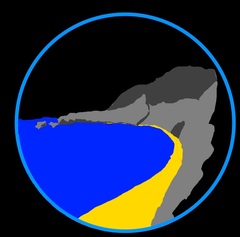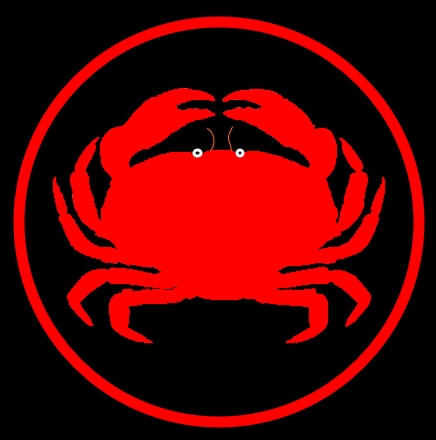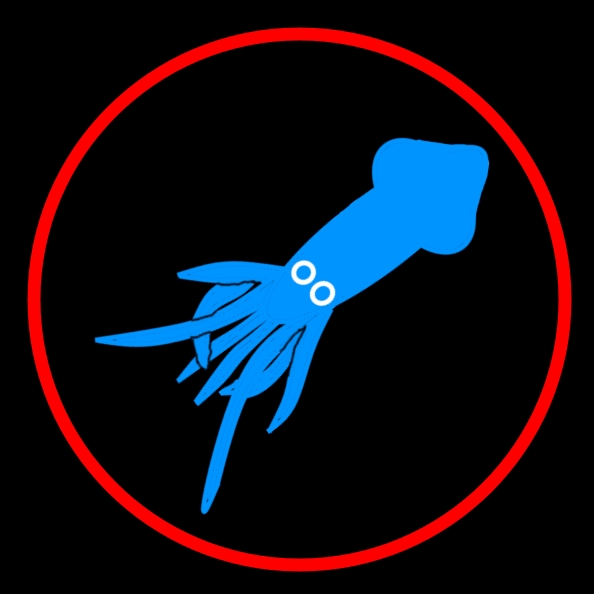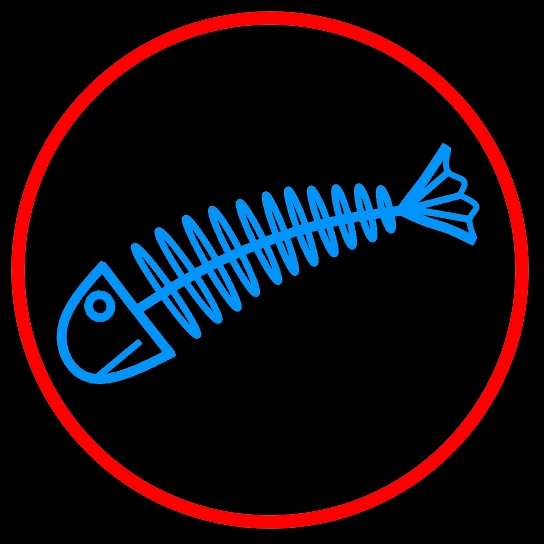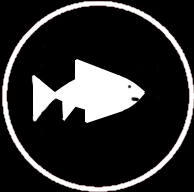Conger eel
Conger conger
Where is it found?
Live in rocks and holes in oceans
Diet and foraging method
Key adaptations
The slender, elongated body shape of the eel makes it streamlined and well adapted for swimming. They have rows of conical teeth which make them good predators.
Social organisation and mating system
N/A
Did you know that...?
When conger eels are ready to spawn, they lose their teeth and their skeleton reduces, making room for reproductive organs. They stop eating and migrate thousands of miles to the Sargasso Sea to spawn, the females producing up to 8 million eggs.
Taxonomy
Picture credits:
Maps from: http://species.mol.org/species/
"Murina" by West Brom 4ever - self made image. Licensed under Public Domain via Wikimedia Commons - https://commons.wikimedia.org/wiki/File:Murina.jpg#/media/File:Murina.jpg
"Conger sea eel" by http://www.photolib.noaa.gov/historic/nmfs/figb0511.htm - Plate 240. The Conger Sea Eel, Conger conger (syn: Leptocephalus conger (L.), J. & G.). - Image ID: figb0511, Historic NMFS Collection. Licensed under Public Domain via Wikimedia Commons - https://commons.wikimedia.org/wiki/File:Conger_sea_eel.jpg#/media/File:Conger_sea_eel.jpg
"Murina" by West Brom 4ever - self made image. Licensed under Public Domain via Wikimedia Commons - https://commons.wikimedia.org/wiki/File:Murina.jpg#/media/File:Murina.jpg
"Conger sea eel" by http://www.photolib.noaa.gov/historic/nmfs/figb0511.htm - Plate 240. The Conger Sea Eel, Conger conger (syn: Leptocephalus conger (L.), J. & G.). - Image ID: figb0511, Historic NMFS Collection. Licensed under Public Domain via Wikimedia Commons - https://commons.wikimedia.org/wiki/File:Conger_sea_eel.jpg#/media/File:Conger_sea_eel.jpg

